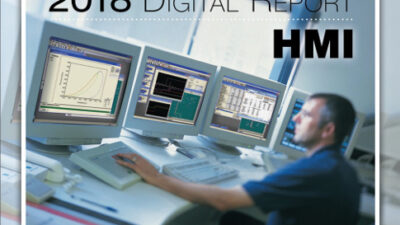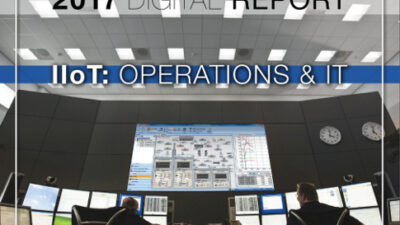Ariane 5, the European Space Agency’s heavy space-launcher, is designed with two solid boosters, a main cryogenic stage, called EPC, and a storable propellant upper-stage. EPC is left on a controlled reentering orbit after its burnout to avoid any risks of uncontrolled reentry over inhabited areas.
In order to improve the reentry model, and to more accurately characterize the physical phenomena that occur during reentry, CNES (French aerospace agency) on behalf of ESA, decided to conduct observation missions of the EPC reentry.
System Planning Corp. (SPC) of Arlington, VA, undertook the challenge of observing and measuring the reentry from orbit of the EPC of the Ariane 5. Its Multifrequency Airborne Radar System (MARS) was developed to observe and record debris dispersion over water, allowing CNES to optimize launch trajectories and improve overall safety. System includes wide field-of-view narrow-band VHF radar coupled with data acquisition and other subsystems. Data collected by the system allows CNES to further reduce the risks and unpredictability associated with reentering space debris.
Searching for a higher performance solution to its data collection needs, SPC discovered Conduant Corporation’s StreamStor technology that records direct to disk. SPC learned that by using StreamStorm, situated in a rack mount chassis and was built to withstand extreme shock and vibration, it could bypass its current operating system, CPU, and system memory and could sample data continuously.
SPC configured a signal generator, transceiver, four 50 kW transmitters, the StreamStor-based data acquisition system, and real-time monitoring subsystems to observe fuel tank reentry. The system was initially installed on a Boeing KC-135 tanker, which provided a mobile platform to record and measure the breakup of the reentering fuel tank over the South Pacific.
On December 10, 1999, the Ariane 5 504 flight lofted XMM scientific satellite into orbit. Flying from Tahiti, SPC recorded data on the reentry of the EPC. Post-flight analysis of the data allowed CNES to verify and fine-tune re-entry models to narrow the margins and create more efficient trajectories.
“The long VHF wavelength limited us to conformal patch antennas which were custom-designed to fit the curvature of the aircraft cargo door.” said Gary Rubin, physicist, on the SPC Ariane 5 project. “We were observing at 50 MHz with 2-2-1/2o / second turns, at a 35 degree bank angle pulling a minimum of 1-1.5 Gs. Regardless of the environmental factors, StreamStor proved to be an extremely valuable device for recording radar signals on debris moving by at 5-7 km/second. We tracked the volume and size of the debris pieces and their dispersion. We didn’t miss a second of data.”
In 2002 and 2003, SPC transitioned the system to an Airbus A300 operated for the European Space Agency by Novespace of Bordeaux, France. On March 2, 2004, SPC performed another highly successful mission, recording data on the EPC reentry after the launch of the Rosetta space probe by Ariane 5.
Today, extensions to Conduant’s real-time digital data capture technology record and playback up to 400MB second. Click here for more information.
—David Greenfield, editorial director, Control Engineering [email protected]


